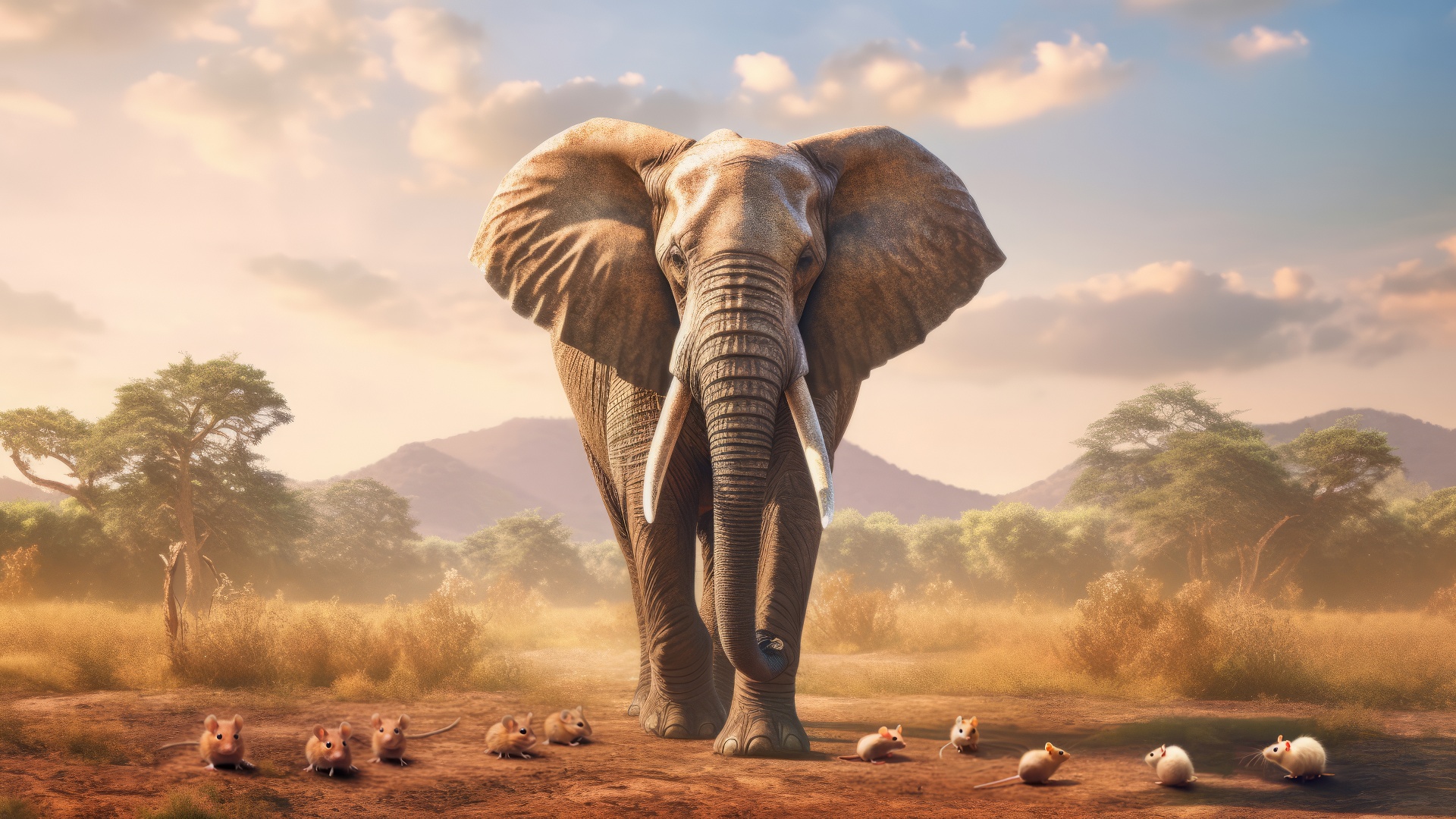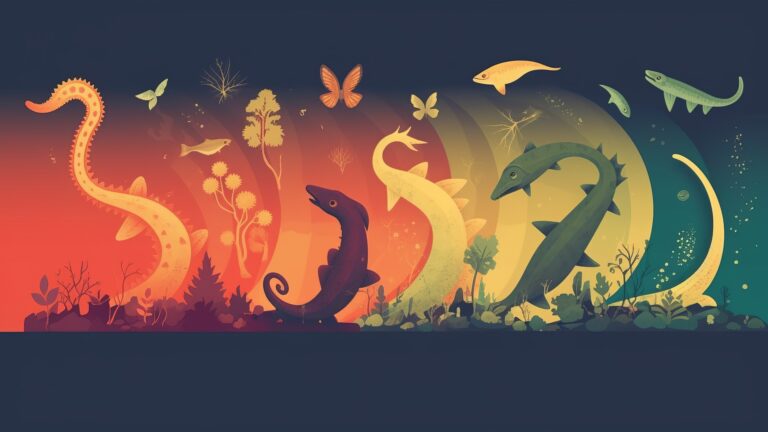The concept of r/K Selection Theory categorizes species based on their reproductive strategies, distinguishing between rapid reproduction with numerous offspring and slower reproduction with greater investment in fewer offspring. This framework contributes to the understanding of biodiversity and resource management.
Origins and Evolutionary Context
- Developed in Ecology: Describes how species maximize their fitness in various environments.
- Founding Theorists: Originates from ecologists Robert MacArthur and E. O. Wilson in the 1960s.
Key Variables
- Intrinsic Rate (r): Represents birth rate minus death rate in population growth.
- Carrying Capacity (K): Maximum population size an environment can sustain.
Fundamental Concepts
- r-selected Species: Adapted for rapid reproduction and high offspring numbers. Example: Bacteria reproducing quickly under favorable conditions.
- K-selected Species: Adapted for slower reproduction and higher investment in each offspring. Example: Elephants with long gestation periods and higher parental care.
Strategies and Traits
- r-selected Traits: Short life span, rapid development, early maturity, high fecundity.
- K-selected Traits: Long life span, slower development, late maturity, fewer but more robust offspring.
Environmental Contexts
- Unstable Environments: Favor r-selected species due to less competition and quick resource exploitation.
- Stable Environments: Favor K-selected species due to high competition and the need for resource optimization.
Mathematical Models
- Logistic Growth Equation:
\[
\frac{dN}{dt} = rN \left(1 – \frac{N}{K}\right)
\] - Variables in Equation: (N) is population size, (t) is time.
Criticisms and Limitations
- Over-simplification: Not all species fit neatly into r or K categories.
- Additional Factors: Predation, disease, and environmental heterogeneity also impact reproductive strategies.
Global Perspective
- Biodiversity Insights: Understanding r/K strategies informs global biodiversity and ecological resilience.
- Environmental Impact: Framework for assessing environmental change effects on species and conservation efforts.





